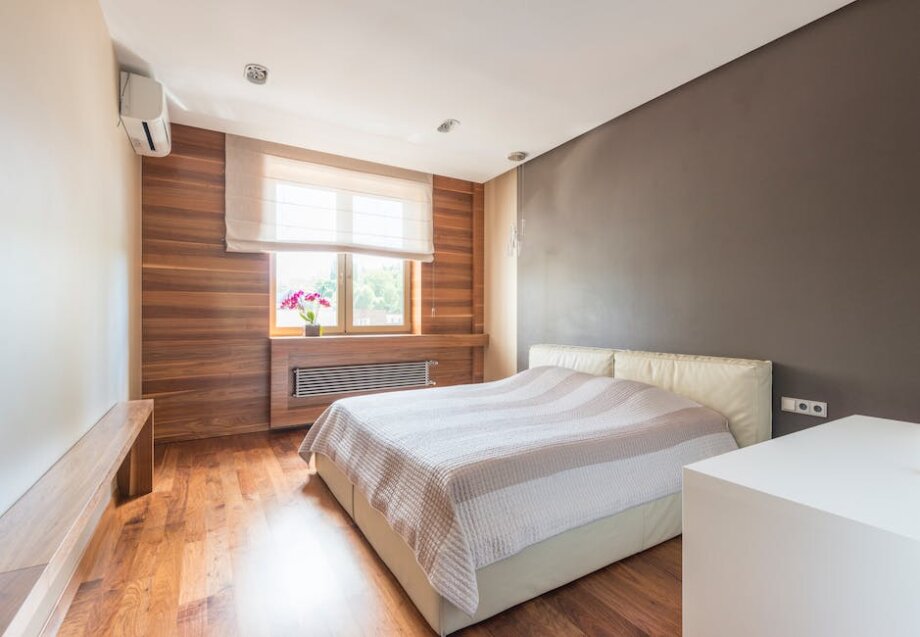Introduction to Eco-Friendly Interior Design
Every now and again, the human race is blessed with game-changing ideas that stretch the boundaries of innovation. In the realm of interior design, green or eco-friendly solutions are the new frontier. They aim to create visually appealing spaces whilst consciously considering the health of our environment and our wellbeing. As we spend most of our time indoors, it’s crucial to consider how our interior spaces impact not only our health but also the health of the planet. In this article, we delve into what eco-friendly interior design is and explore some fantastic solutions for you to consider.
Understanding Eco-Friendly Interior Design
Eco-friendly interior design, also known as green interior design, refers to the practice of using sustainable materials and energy-efficient techniques in designing spaces. It is all about reducing the negative impact on the environment and improving indoor air quality while creating a stylish, comfortable living or workspace. Eco-friendly design solutions can involve repurposing furniture, using renewable and recyclable materials, reducing waste, and conserving energy and water.
Benefits of Eco-Friendly Interior Design
Besides lowering carbon footprints, the shift to eco-friendly design benefits the personal wellbeing of the occupants. Green spaces drive a positive feeling of contributing to a sustainable environment, but they also enhance physical health through improved air, light, and water quality. This decor style encourages natural light and space, elements scientifically proven to improve mood and productivity. Additionally, the overall cost-effectiveness of green homes can be substantial, where savings can be seen in areas like energy and water usage.
Eco-Friendly Materials and Furniture
One vital feature of green interior design is the use of eco-friendly materials and furniture. Utilization of organic, sustainably harvested, and recycled materials should be prioritized. These can include bamboo, cork, and reclaimed wood. Some companies offer responsibly sourced furniture with recyclable components, reducing the amount that ends up in landfills. Embrace the magic of vintage or second-hand furniture, which helps save money and the environment.
Eco-Friendly Insulation
One aspect often overlooked in interior design is insulation, a key component to achieving an eco-friendly space. Effective insulation reduces energy consumption and lowers utility costs. Materials like fiberglass, sheep wool, and cellulose can provide excellent thermal insulation while being environment-friendly.
Lighting and Energy Conservation
Smart, eco-efficient lighting is key to green interior design. Utilize as much natural light as possible, supplemented as needed with energy-friendly options such as LED or CFL bulbs. Solar energy can also be incorporated through solar panels and solar-powered appliances and lighting systems. Small adjustments like these can significantly reduce energy usage and costs.
Green Houseplants for a Healthy Living Space
Houseplants are another wonderful way to bring nature indoors, thus purifying the air and bringing tranquil vibes into your abode. They absorb pollutants, emit oxygen, and some even reduce airborne dust levels. Research to ensure you pick plants that best suit your lifestyle and space.
Conclusion: Adopting Eco-Friendly Interior Design
As we continue to endeavor to preserve our environment and contribute to the well-being of earth’s occupants, the role of eco-friendly interior design cannot be overstated. Through sustainable materials and energy-efficient techniques, green design presents a viable solution to reducing negative impacts on the environment from the comfort of our homes or workplaces.
While the transition to a completely green space might seem daunting, small efforts eventually add up. As more people engage with these ideas, it drives demand for more sustainable products, contributing to a cycle of positive change. It is crucial to remember that the journey to sustainability isn’t marked by perfection, but rather conscious, consistent progress. So whether you’re building or redesigning, consider the impact of your choices and, if possible, take the eco-friendly route. The future of the planet may just depend on it.
